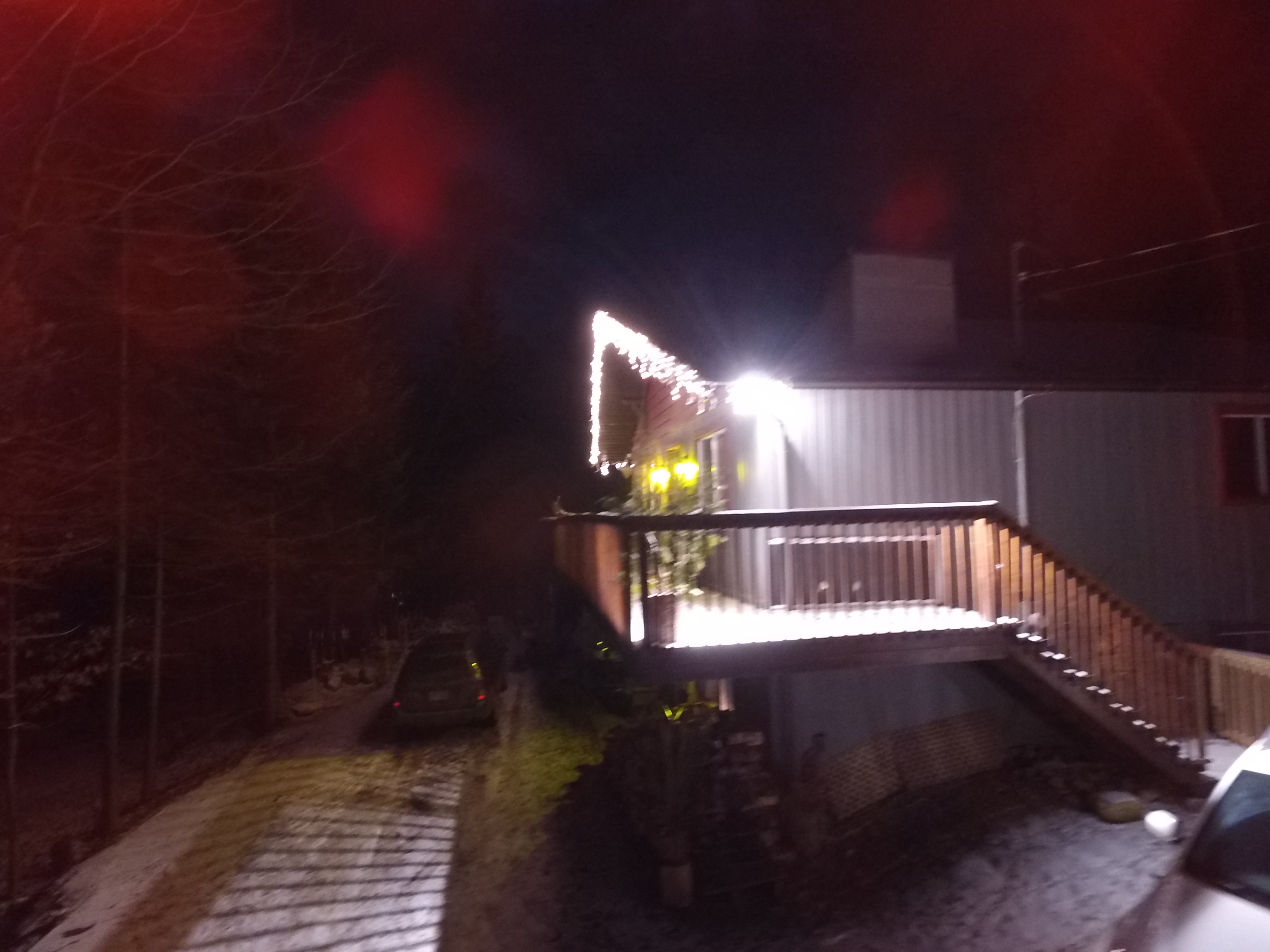Using the dashware profiles that
@Luap created the following video was made
This is the last 3 seconds of the flight.
A more detailed (higher sampling rate) can be seen by looking at the following plots.
The x axis is labelled with the number of seconds since the battery was turned on. The "incident" happened at about 308.8. Up until about 308.7 the right control stick was inputing about 20% right aileron. Then, starting at 308.7 right aileron was increased to about 45% at time 308.2. As a result the A/C started rolling to the to right to 45 degrees at time 308.3. The right aileron was removed at this point and the A/C started rolling back to 25 degrees, but, then resuming rolling right (with no aileron input) until it reached 80 dgerees at time 308.8. At this point 45% left aileron was applied and the A/C rolled left to about -50 degrees.
The elevator, throttle, and rudder inputs are seen here
Until about 308.4 the throttle input was negative, consistent with losing altitude to land. From 308.4 until 308.85 these three inputs were neutral (the aileron was positive as per the above plot). At 308.85 the throttle climbed to 100% and the elevator went to 55%.
The pitch and roll are seen here
At first glance it may appear that the A/C "pitched up" 150 degrees resulting in upside down inverted flight. However, looking at the gyro data shows that most likely A/C rolled over to inverted flight.
Motor speed data shows the A/C trying to right itself from the right roll at 308.8
where the right front motor speed increases and the left front motor speed decreases, resulting the negative torque required to roll left.
I wasn't there but I'll speculate that right aileron was being applied to move the A/C to the desired landing spot. When even more right aileron was applied the A/C began to roll. An aileron correction then applied was not enough to arrest the roll. It's unclear why the A/C continued to roll to the point of inverted flight. Maybe, as
@SportPilotAviation conjectured ground effect could be a contributing factor. To see how close to the ground the A/C was consider this plot
VPS information is still being figured out. The ultrasonic height sensor is always on and there is another signal that shows when the data is reliable. In this case it's reliable up until 308.658. This plot then shows the A/C decending to about 4.8 inches and then increasing to 14 inches before the VPS height becomes unreliable.
These plots were created with Excel using a .csv generated from the .DAT. The tool used to generate the .csv, DatConverter, can be obtained from
Fly.zip Once installed use the command
DatConverter -f FLY023.DAT -c Incident -t {184319:}
to create the .csv used here.
If you want to create the Dashware result use the command
DatConverter -f FLY023.DAT
The plots presented are part of a FLY023.xls file that is in the attached FLY023xls.zip file
Hope this helps. Lemme know if you have any questions.






